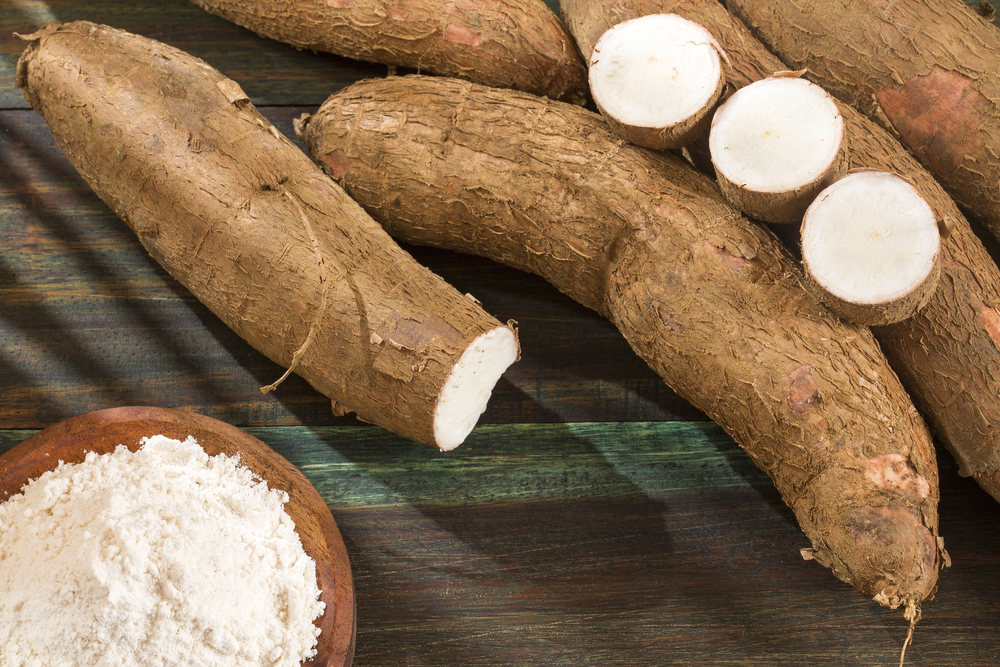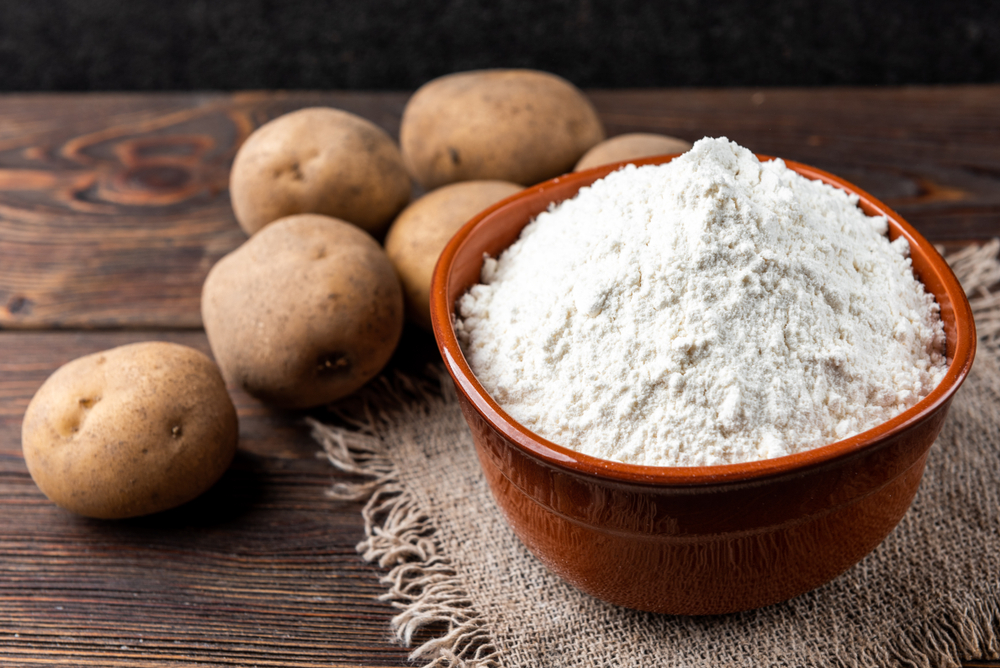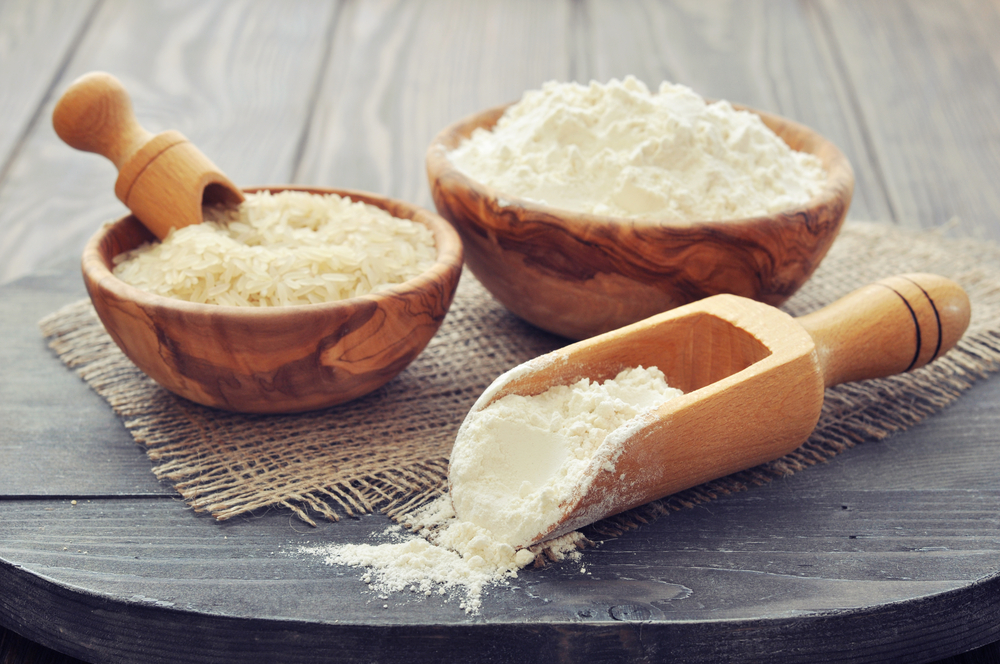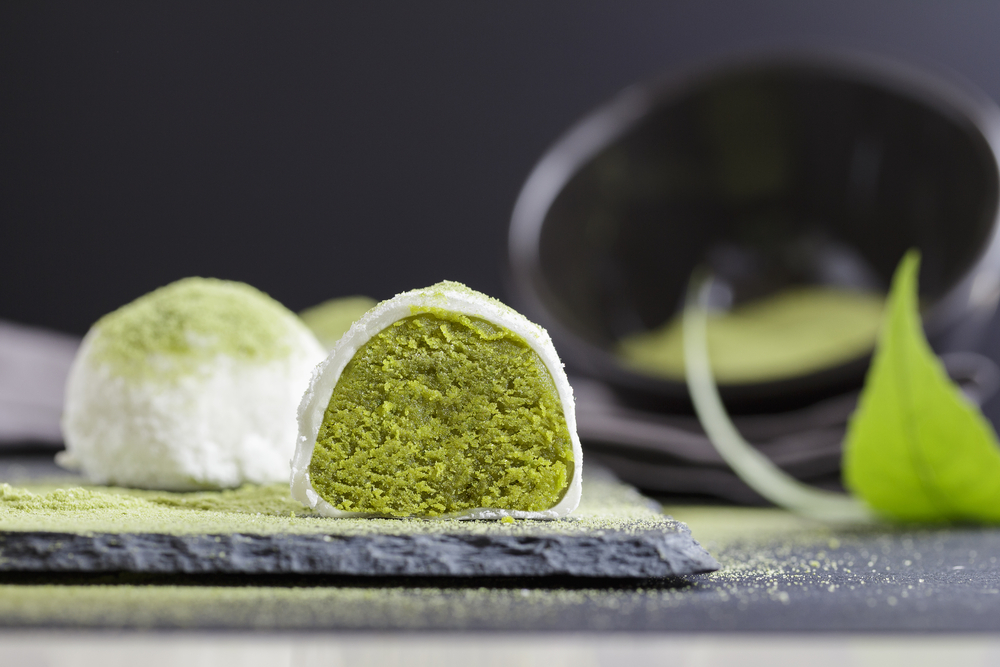As you might have guessed, mochi is one of the most popular desserts in Japan.
However, mochi isn’t just for celebrations—it’s a staple snack for many Japanese as well. After all, it is available at almost every convenience store and has many different flavors to choose from!
If you have tried eating mochi in its natural form, you must be wondering if there are any alternatives to mochiko flour. Luckily, we found one that works great.
Here is how you can make your own homemade version of mochi using other popular flour substitutes: potato starch, sweet rice flour, Dango flour, cornstarch, and even all-purpose flour.
What is Mochiko Flour Used For?
This sweet, sticky, and gluten-free flour is used in various recipes from rice cakes to porridge but it is most famous for its use in mochi.
More specifically, mochiko flour is used to make Kashiwa mochi a dessert cake filled with sweetened red beans.
- Mochiko Sweet Rice Flour is unique among all varieties of rice flour due to its starch composition of nearly pure amylopectin. This characteristic makes it very viscous and useful as a superior, gluten-free thickening agent.
- There are many more possibilities for using mochiko flour in your cooking. It’s a versatile ingredient that can be found in various traditional and modern recipes. Mochi, Dumplings, Desserts , Tempura batter, Coating for fried foods
- No additives of any kind are added. Mild and neutral in flavor. Milling facilities are dedicated exclusively to the production of rice products.
- This is NON-GMO VERIFIED, KOSHER, AND GLUTEN FREE.
- Product of USA
What is the Difference Between Mochiko Flour and Other Sweet Rice Flour?
Mochiko is a sticky, glutinous rice flour almost identical to sweet rice flour.
The main differences between mochiko and other sweet rice flours are so similar it’s pretty much only a labeling difference.
Sometimes mochiko is labeled as sweet rice flour and vice versa.
What are the Best Substitutes for Mochiko Flour?
1. Potato Starch
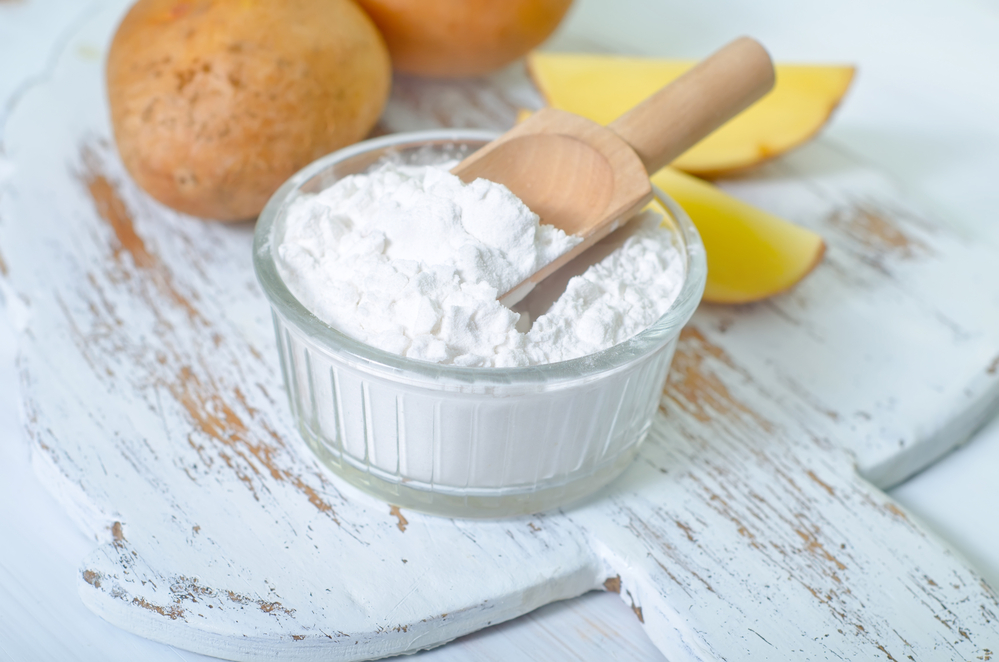
Obviously from its name, potato starch is extracted from–potatoes. There’s no denying the uses for potato starch.
From plastics and adhesives to paints, you can find potato starch used in the most unexpected places.
As a starch, it’s used as a thickener in liquids like sauces and soups and a binder in other foods.
You can use potato starch in equivalent amounts to replace mochiko flour in most recipes. Even better, you can find potato starch in most supermarkets and Asian grocers.
2. Sweet Rice Flour
Incredibly similar in texture and flavor, sweet rice flour makes an amazing mochiko flour substitute. So excellent a replacement, you can use sweet rice flour in most recipes that call for mochiko flour.
So what’s the downside? Sweet rice flour is made from a type of sticky rice and is more difficult to find than mochiko flour.
But, most Asian markets carry it, so if your favorite Asian market is out of mochiko flour, check for sweet rice flour instead.
This gluten-free flour is another popular wheat flour replacement in low-gluten or gluten-free diets.
Sweet rice flour does have a different consistency. Containing a little less starch than mochiko flour, you may need to adjust the amount of liquid in your recipe to accommodate this change of flour.
For every 1 cup of mochiko flour called for, use 3 cups of sweet rice flour. Watch your results and add more liquid to decrease the density if needed.
- One, 24 oz. Resealable stand up bag (1.5 lbs.)
- Gluten Free; Vegan; Vegetarian; stone ground; Kosher Pareve
- Manufactured in a dedicated gluten free facility; R5-ELISA tested gluten free
- Great binding quality
- Stone-ground on slow-turning quartz millstones
3. Tapioca Flour
In a more complicated process, Tapioca flour is made after extracting the starch from the cassava plant.
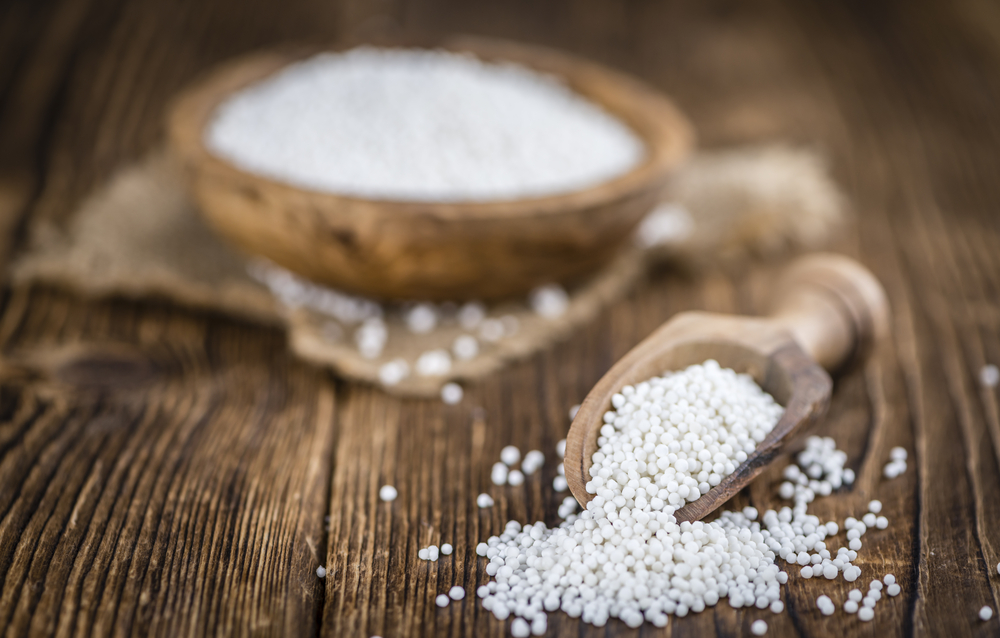
Like potato starch, tapioca flour is found in the most unusual places like plastics, adhesives, and paints.
It’s a starch in the end and used as a thickening agent and binder in the kitchen.
This flour has many benefits including being a substitute for mochiko flour in most recipes. It’s gluten-free, high in fiber, and has little taste making it incredibly versatile.
The substitution of tapioca flour is a little more complicated, however. To begin, replace ¼ cup of mochiko flour with half the tapioca flour or 2 tablespoons. If your recipe calls for more than ¼ cup of mochiko flour, slowly incorporate more tapioca flour until the consistency looks right.
The slightly different flavor and texture of tapioca flour may require some experimenting with until you’re happy with the results.
4. Dango Flour
Dango is more recognizable as the non-glutinous rice ball in Japanese cuisine, but it too can be ground into flour. This is made with both glutinous rice and non-glutinous rice.
This versatile flour can be made into dumplings or as a simple thickening agent.
Simple dumplings are made by mixing ½ cup of Dango flour with ¼ cup of water.
As with other rice flours, Dango flour makes a decent mochiko flour substitute with enough experimenting. You can even achieve the tell-tale chewy texture of traditional mochi.
5. Joshinko
This flour is made from non-glutinous rice, unlike the others in this list.
While great for recipes like dumplings or batter, Joshinko isn’t meant to be a mochiko substitute in all recipes.
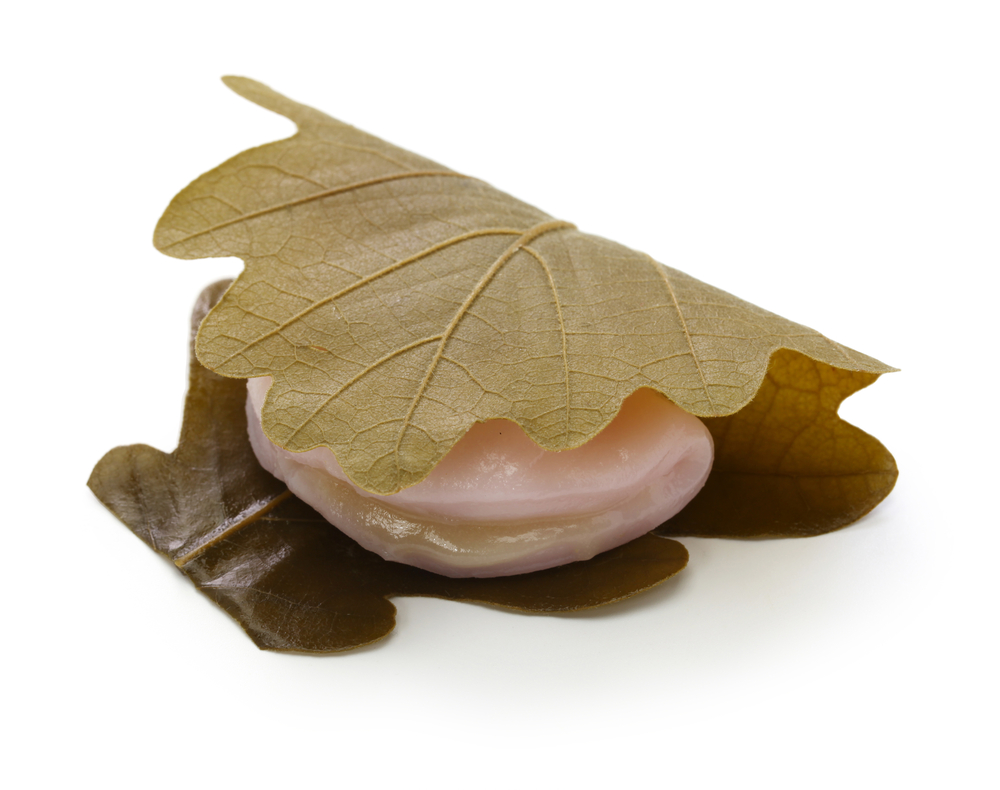
Mochi made with Joshinko won’t have that desired chewy consistency, but will have close to the desired flavor and is still quite tasty.
No products found.
6. Cornstarch
Cornstarch is one of the most reliable and readily available thickening agents out there.
Two tablespoons of cornstarch will adequately thicken 1 cup of liquid.
If you’re replacing mochiko flour as a thickening agent, then cornstarch is an easy replacement.
Be aware that cornstarch thickens as it heats so let it heat a bit before you add more.
Combine cornstarch with sugar and you can use it to replace mochiko flour in your mochi recipes as well. A mix of cornstarch, milk, and sugar can be used to replace mochiko flour in any mochi recipe (1 cup milk, 3 tablespoons sugar, 3 tablespoons cornstarch).
7. White Rice Flour
Made from ground white rice, this gluten-free flour is used in gluten-free baking recipes and as a thickening agent.
Being rice-based, and gluten-free, white rice flour can be used as a mochiko flour substitute in many recipes.
However, don’t just toss in the same amount of white rice flour as mochiko flour. Adjust your recipe and include the same amount of white rice flour while also decreasing your liquids by ¼ cup.
What if your recipe doesn’t have any liquids? Don’t fret. Simply add a ¼ cup of water.
8. Glutinous Rice Flour
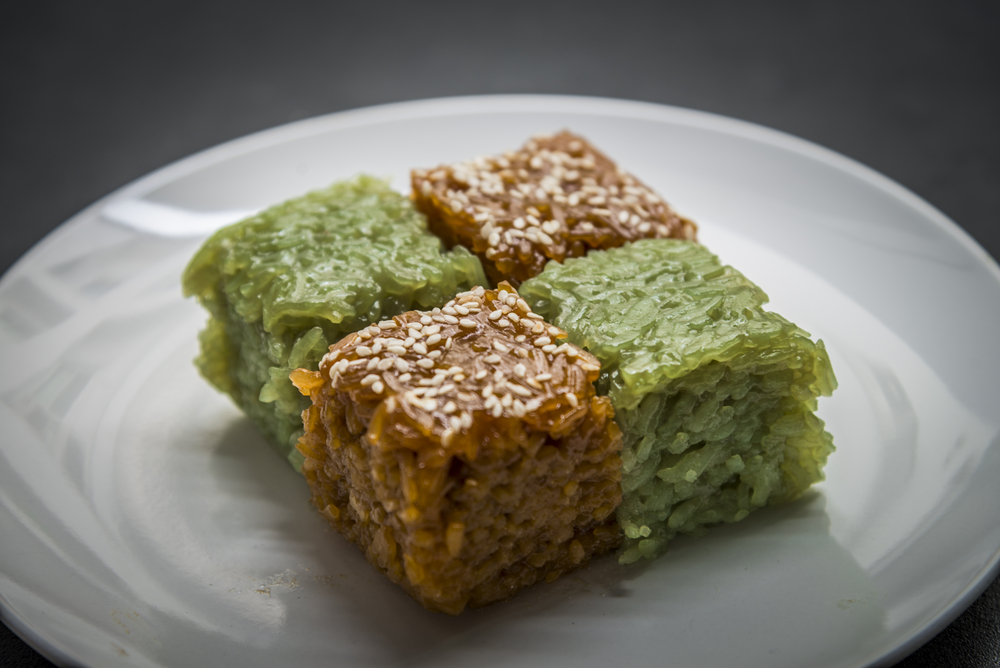
The fact that mochiko flour is also a type of glutinous rice flour, glutinous rice flour is a decent substitute for mochiko.
This typical thickening flour is made by grinding glutinous rice.
With similar gluten-free properties, this flour can be used in place of mochiko with a slightly different ratio.
For each cup of mochiko flour called for, add 1 and ¼ cups of glutinous rice flour.
If your recipe does not already contain baking powder, add ¼ teaspoon of baking powder for better results.
9. All Purpose Flour
In an emergency, all-purpose flour will perform as a mochiko substitute.
The resulting dish will no longer be gluten-free and more than likely will have a different consistency, but that doesn’t mean it will be bad.
Use ¾ of the amount of all-purpose flour compared to the mochiko flour called for.
10. Shiratamako
This widely used Japanese starch powder is also made from rice.
Despite its slightly sweeter flavor, Shiratamako can be used as a mochiko flour substitute in most recipes.
You can even make this flour at home by grinding the rice yourself in a food processor or coffee grinder.
- Shiratamako (白玉粉 Shiratama ko) Premium glutinous rice flour used to make Mochi, Dango, Daifuku
- Creates a better texture than using Mochiko, Erawan
- Imported from Japan
- Shiratamako 200g package
11. Sorghum
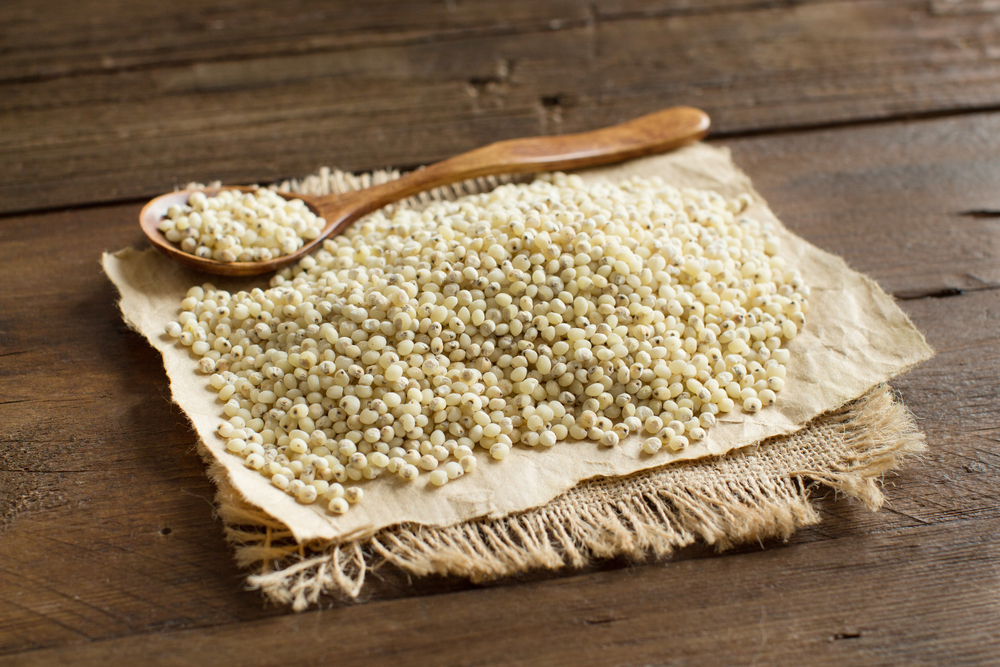
This dense flour derived from the sorghum plant is generally used to make bread, pizza dough, and baked goods. It can also serve as a basic thickening agent.
Sorghum can serve as a mochiko substitute in many recipes at an equal ratio. This gluten-free flour has a slightly different flavor and texture but can serve your needs.
12. Almond Flour
Almond flour is a known, gluten-free flour substitute in most sweet rice flour recipes.
With its higher levels of protein and more vitamins and minerals, it could arguably be a healthier mochiko flour substitute.
With the lack of stick texture found in glutinous rice flour, you’ll need to add some other binding ingredients to achieve the best outcome.
13. Warabi Powder
Braken ferns. This powdery starch is not made from rice but from ferns. The underground stems are dried and ground into a fine starchy powder.
This powder is low on the list as it can be hard to find outside of Japan, but does make an excellent mochiko flour substitute. Maybe even the best.
This authentic substitute can replace mochiko in a 1:1 ratio and with almost no flavor of its own, can be used in both sweet and savory recipes.
How to Make Mochi Without Using Mochiko Flour
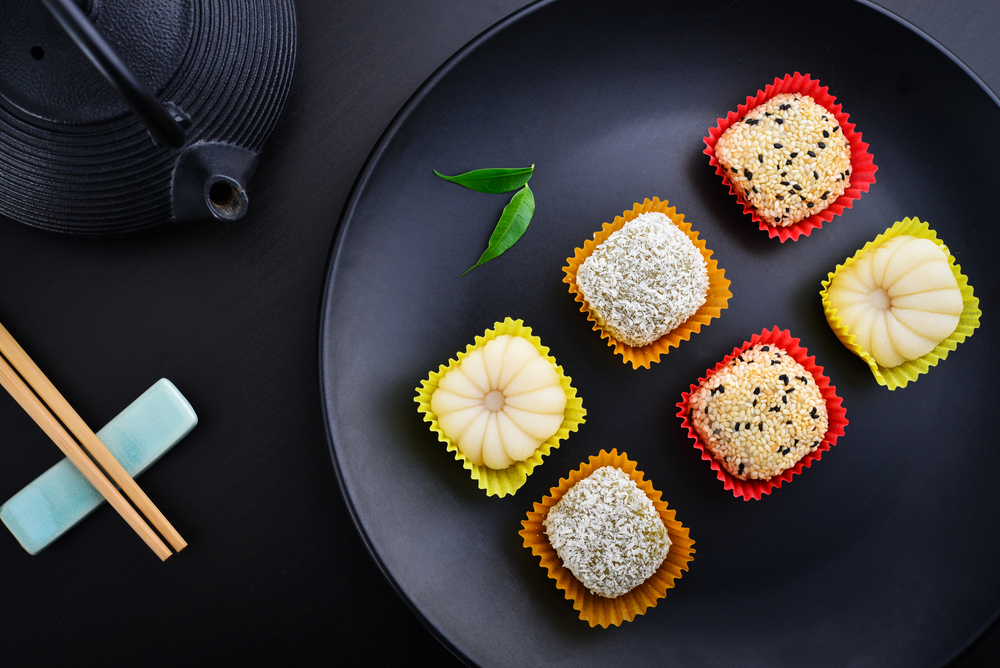
Making Mochi with Shiratamako
Ingredients
- 3.5 oz (100g) Shiratamako
- water
Directions
- Add water little by little and knead until it’s the texture is as hard as the average palm. You may need more water than your average dumpling
- Transfer this dough to a heat-safe container and flatten. Wrap the container and heat it in the microwave. Using only 1 minute at a time, flip the dough over and heat again. When heating is complete your dough will start to look semi-transparent and feel very elastic.
- Coat your hands in water and roll your dough into a size that is easy to eat.
- Put on your favorite toppings and enjoy!
Frequently Asked Questions
How do you keep mochi chewy?
The chewy texture of mochi is due to the nature of the sweet rice flour, with its stickier texture. To keep your mochi chewy, store it in air-tight containers or wrap it in plastic wrap to keep them from drying out.
Can mochi be overcooked?
Yes. Mochi should be cooked in short intervals and regularly checked as it is very easy to overcook it.

How do you make mochi stay soft?
Coat your portions of mochi in cornstarch or even potato starch. This not only keeps your mochi soft but also keeps them from sticking to each other during storage.
To End
If you can’t find mochiko flour at your local market or Asian grocery store, then don’t fret. You can make your own mochiko flour by grinding rice or other grains with a rice flour grinder.
This delicious and natural mochiko flour is also called for in many Japanese recipes like mochi, and it tastes delicious too!
Now that you know some of the different types of sweet rice flours and a few mochiko alternatives, you can also take a stab at making your own mochiko flour.
It may take a little bit of experimentation to get the right consistency, but all you need to do is a little more leg work to find the right recipe for your mochi!





